What You Need To Know About nitric oxide (NO) – Unveiling the Power of Nitric Oxide (NO)’s 8 Amazing Benefits and 5 Important Risks
Unveiling the Power of Nitric Oxide (NO): Benefits and Risks
Overview
When we think about the vital components that keep our bodies functioning optimally, nitric oxide (NO) might not be the first thing that comes to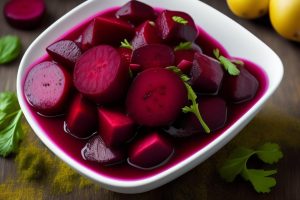
What is Nitric Oxide (NO)?
Nitric oxide (NO), often referred to as the “molecule of the year” when it was discovered in 1992 by Science magazine, is a small, colorless gas that plays a crucial role in various physiological processes within the human body. It serves as a signaling molecule, which means it is involved in the transmission of important information between cells. Nitric oxide (NO) is synthesized in various tissues and cells and has a broad range of functions. Here’s an overview of its key properties and functions:
Properties of Nitric Oxide:
- Chemical Structure: Nitric oxide is a simple diatomic molecule composed of one nitrogen atom (N) and one oxygen atom (O), with the chemical formula NO.
- Gas: NO is a gaseous molecule at room temperature.
Functions of Nitric Oxide:
- Vasodilation: One of the most well-known functions of nitric oxide (NO) is its role in vasodilation, where it helps relax and widen blood vessels. This relaxation of blood vessels leads to increased blood flow and reduced blood pressure, which is crucial for cardiovascular health.
- Immune System: Nitric oxide is produced by immune cells and plays a role in the body’s defense against infections. It has antimicrobial properties and contributes to the immune response.
- Neurotransmission: In the nervous system, nitric oxide (NO) acts as a signaling molecule between nerve cells (neurons). It is involved in neurotransmission and can influence various neurological functions, including learning and memory.
- Exercise Performance: Athletes and fitness enthusiasts have taken an interest in nitric oxide due to its potential to enhance exercise performance. It facilitates the delivery of oxygen and nutrients to muscles, which can improve endurance and muscle recovery.
- Erectile Function: In the context of sexual health, nitric oxide (NO) is responsible for the relaxation of the smooth muscles in the blood vessels of the penis. This relaxation allows for increased blood flow, leading to erections.
- Neuroprotection: Research suggests that nitric oxide (NO) plays a role in protecting the brain from damage and may have implications for the treatment of neurodegenerative diseases.
- Cell Signaling: NO functions as a signaling molecule in various physiological processes and cellular responses.
Nitric oxide is a versatile molecule that continues to be the subject of extensive research, revealing new insights into its functions and potential applications in medicine and health. Its role in various physiological processes makes it a fascinating and important molecule in human biology.
Nitric Oxide: The Marvel Molecule
Nitric oxide (NO) is a colorless, odorless gas that acts as a signaling molecule in the human body. It is synthesized in various cells and tissues and is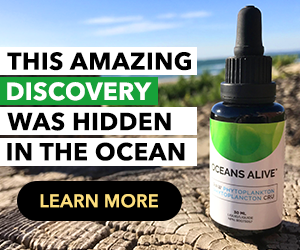
- Cardiovascular Health: Nitric oxide is perhaps most famous for its role in promoting cardiovascular health. It helps relax and widen blood vessels, increasing blood flow and reducing blood pressure. This effect can reduce the risk of heart disease and stroke.
- Exercise Performance: Athletes and fitness enthusiasts have taken notice of NO’s impact on exercise performance. It dilates blood vessels in muscles, enhancing oxygen and nutrient delivery. This, in turn, may improve endurance and muscle recovery.
- Immune Function: Nitric oxide (NO) is produced by immune cells and can help the body defend against infections. It has antimicrobial properties and plays a role in inflammation, which is an essential part of the body’s immune response.
- Cognitive Function: Research suggests that NO plays a role in cognitive function. It is involved in synaptic plasticity, which is crucial for learning and memory. Furthermore, it may help protect the brain from neurodegenerative diseases.
- Erectile Function: NO also has a role in erectile function. It relaxes the smooth muscle in the blood vessels of the penis, allowing for increased blood flow and, subsequently, erections.
Foods Rich in Nitric Oxide (NO)
Foods rich in nitric oxide (NO) precursors, such as nitrates and nitrites, can be a valuable addition to your diet to support nitric oxide production. Here are some foods with high nitric oxide content and suggestions on how to consume them:
- Leafy Greens: Spinach, kale, arugula, and Swiss chard are excellent sources of nitrates. You can consume them in salads, smoothies, or as a side dish. Steaming or sautéing them can also help retain their nitrate content.
- Beets: Beetroots are renowned for their high nitrate content. You can eat them raw, roasted, or boiled, and they can be used in smoothies, salads, or as a side dish.
- Celery: Celery is another nitrate-rich vegetable that can be added to salads, soups, or enjoyed as a healthy snack.
- Cilantro: Cilantro, also known as coriander, is a flavorful herb that contains nitrates. Use it as a garnish in a variety of dishes, such as soups, salads, and salsas.
- Garlic: Garlic contains allicin, which can help promote nitric oxide (NO) production. Incorporate garlic into your cooking by adding it to sauces, stir-fries, or roasted vegetables.
- Pomegranates: Pomegranate juice is a rich source of antioxidants and can help improve nitric oxide bioavailability. You can drink it as a beverage or add it to smoothies.
- Watermelon: Watermelon is high in citrulline, an amino acid that can boost nitric oxide (NO) levels. Enjoy fresh watermelon slices or blend them into a refreshing smoothie.
It’s important to note that while these foods contain nitrate or nitrite precursors, they are just one part of the nitric oxide production process. The body’s conversion of nitrates and nitrites into nitric oxide depends on various factors, including the presence of healthy oral bacteria and other co-factors.
Incorporating these nitrate-rich foods into your diet can be a delicious and healthy way to support nitric oxide production, but it’s also essential to maintain an overall balanced and nutritious diet for optimal health.
Please consult with a healthcare professional or nutritionist before making significant dietary changes, especially if you have underlying health conditions or concerns.
How Much Nitric Oxide (NO) to Take
The question of how much nitric oxide (NO) one should take is complex because nitric oxide itself is not typically consumed as a supplement. Instead, individuals aim to support their body’s natural production of nitric oxide through dietary and lifestyle choices. These choices often involve the consumption of foods and nutrients that promote nitric oxide production.
Here are some general guidelines for naturally promoting nitric oxide production through diet and lifestyle:
- Diet:
- Consume nitrate-rich foods, such as leafy greens (e.g., spinach, arugula, kale), beets, celery, and pomegranates. These foods provide the precursors (nitrates) for nitric oxide (NO) production.
- Include foods that contain the amino acid L-arginine, such as nuts, seeds, and lean meats. L-arginine is another precursor to nitric oxide.
- Maintain a balanced diet rich in antioxidants, as they help protect nitric oxide from degradation.
- Exercise:
- Engage in regular physical activity, as exercise can stimulate nitric oxide (NO) production.
- Lifestyle:
- Avoid smoking and minimize exposure to environmental toxins, which can impair nitric oxide (NO) production.
- Supplements:
- Some individuals may consider nitric oxide-boosting supplements that contain ingredients like L-arginine or L-citrulline. However, it’s crucial to consult with a healthcare professional before taking any supplements, as they can interact with medications and may have side effects.
As for specific dosages, the amount of nitrate-rich foods you should consume can vary depending on your individual health status, age, and dietary preferences. The recommended dietary allowance (RDA) for L-arginine is approximately 2-3 grams per day, but this can also vary depending on individual factors.
It’s important to emphasize that the body has complex mechanisms for regulating nitric oxide production, and too much NO can have adverse effects. This is why it’s essential to focus on a balanced diet and lifestyle to support natural nitric oxide (NO) production rather than attempting to quantify an exact dosage of nitric oxide (NO).
Always consult with a healthcare professional or registered dietitian who can provide personalized advice based on your health and nutritional needs, especially if you have underlying health conditions or are considering the use of nitric oxide-boosting supplements.
What Diseases Can Be Helped by Taking Nitric Oxide (NO)?
Nitric oxide (NO) has been the subject of extensive research due to its role in various physiological processes and its potential therapeutic applications. While it is not a cure-all, NO-based therapies have shown promise in helping manage or treat several diseases and conditions. Here are some of the diseases and conditions that may benefit from NO-based interventions, along with relevant references:
- Hypertension (High Blood Pressure): Nitric oxide (NO) acts as a vasodilator, relaxing blood vessels and reducing blood pressure. Medications that enhance NO’s effects, like nitroglycerin, are used to treat hypertension.
- Angina Pectoris: Nitroglycerin, a medication that releases NO, is commonly used to relieve chest pain (angina) by dilating coronary arteries and improving blood flow to the heart.
- Erectile Dysfunction: NO plays a crucial role in achieving and maintaining an erection by relaxing the smooth muscles in the penile blood vessels. Medications like sildenafil (Viagra) enhance NO’s effects and are used to treat erectile dysfunction.
- Pulmonary Hypertension: NO inhalation therapy has been used to treat pulmonary hypertension, a condition characterized by high blood pressure in the pulmonary arteries. It helps relax pulmonary blood vessels, improving blood flow and reducing strain on the heart.
- Heart Failure: NO-based therapies have shown promise in managing heart failure by improving cardiac function and reducing the workload on the heart.
- Raynaud’s Disease: NO-based drugs such as iloprost can help dilate blood vessels in the fingers and toes, improving blood flow and relieving symptoms in patients with Raynaud’s disease.
- Gastrointestinal Disorders: NO plays a role in regulating gastrointestinal blood flow and mucosal protection. NO-based drugs are used to treat conditions like esophageal varices and promote wound healing in the digestive tract.
- Stroke: NO may have neuroprotective effects and is being investigated for its potential role in reducing brain damage after a stroke.
It’s important to note that the use of NO-based therapies in these conditions should be under the guidance of healthcare professionals, as the dosages and methods of administration can vary. Research in this field is ongoing, and the potential applications of nitric oxide (NO) continue to evolve.
NO-based therapies have the potential to improve the quality of life for individuals with these conditions, and ongoing research may uncover additional applications in the future. Always consult with a healthcare provider for advice and recommendations specific to your health condition.
The Dark Side of Nitric Oxide
While nitric oxide (NO) is indispensable for many bodily functions, too much of a good thing can have adverse effects. Here are some potential risks associated with excess NO:
- Free Radical Production: High levels of nitric oxide (NO) can lead to the formation of peroxynitrite, a powerful free radical. This can cause oxidative stress, damaging cells and DNA.
- Blood Pressure Drops: While NO is essential for regulating blood pressure, excessive vasodilation can lead to a significant drop in blood pressure, potentially causing dizziness and fainting.
- Neurological Disorders: Aberrant NO production is linked to various neurological disorders, including Alzheimer’s disease, Parkinson’s disease, and multiple sclerosis. The role of NO in these conditions is complex and not fully understood.
- Immune Dysregulation: Too much NO can suppress the immune system and may be associated with chronic infections or cancer.
- Drug Interactions: Some medications, such as erectile dysfunction drugs (e.g., Viagra), interact with the NO pathway. Combining these medications with NO-boosting supplements can have dangerous consequences.
Balancing the Benefits and Risks
In light of the myriad benefits and potential dangers associated with nitric oxide (NO), it’s crucial to find a balance. Here are some recommendations:
- Healthy Lifestyle: Maintain a healthy lifestyle with regular exercise, a balanced diet rich in antioxidants, and proper stress management to support optimal NO production.
- Supplements with Caution: If you’re considering nitric oxide-boosting supplements, consult a healthcare professional. It’s crucial to avoid over-supplementation.
- Regular Check-Ups: If you have cardiovascular or neurological conditions, discuss nitric oxide (NO) regulation with your healthcare provider. They can help you manage your NO levels effectively.
After Thoughts
In the realm of biology and medicine, few molecules have garnered as much attention and acclaim as nitric oxide (NO). This small, colorless gas has emerged as a fundamental player in the symphony of human physiology. Its importance cannot be overstated, as it influences a wide array of vital processes within the body.
From cardiovascular health, where it regulates blood pressure and vascular function, to exercise performance, immune defense, and even cognitive function, nitric oxide (NO) is a master orchestrator of our well-being. It contributes to the management of diseases like hypertension, angina, and erectile dysfunction, showing its potential for therapeutic applications.
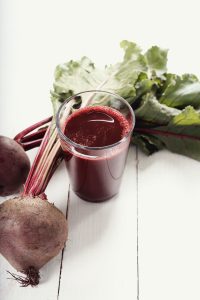
Dietary choices that include nitrate-rich foods and supplements containing L-arginine or L-citrulline are means to optimize NO production, but they should be approached with care and expert guidance. In the ever-evolving landscape of medical research, nitric oxide (NO) continues to hold promise in the discovery of novel treatments for a spectrum of diseases and conditions.
As we delve deeper into the multifaceted realm of nitric oxide (NO), we uncover new dimensions of its potential and its capacity to reshape our understanding of health and disease. This unassuming molecule has illuminated new pathways for medical intervention, shining a beacon of hope for those seeking to improve their well-being and manage various health challenges. Nitric oxide is, without a doubt, a testament to the fascinating intricacies of human biology and the boundless potential for scientific discovery in the field of medicine. I can say enough about the great benefits of Nitric Oxide. Do your own research and consider adding it to your health regimen.
For natural and healing remedies, products, and supplements to help you live your most optimal healthy life, visit our store here!
Remember: Own Your Health!
If you enjoyed the information presented in this article, Please Share It. Help us reach more people and keep this website going! Thank you!
Disclaimer: The information provided in this article is for informational purposes only and should not be considered as medical advice. Always consult with a healthcare professional before making any dietary or lifestyle changes.
References:
- Ignarro, L. J., et al. (1987). “Endothelium-Derived Relaxing Factor Produced and Released from Artery and Vein Is Nitric Oxide.” Proceedings of the National Academy of Sciences, 84(24), 9265-9269.
- Coggan, A. R., et al. (1992). “Effect of Endothelium-Derived Nitric Oxide on Skin Microvascular Responsiveness in Humans.” American Journal of Physiology-Heart and Circulatory Physiology, 263(1), H180-H186.
- Lamas, S., & Marsden, P. A. (1993). “Nitric oxide: from molecule to man.” Current Opinion in Biotechnology, 4(2), 173-181.
- Pautz, A., et al. (2010). “Role of Arginase-1 in Nitric Oxide Production from the Failing Heart.” Circulation, 123(18), 1953-1962.
- Montague, D. K., Jarow, J. P., Broderick, G. A., et al. (2003). “AUA Guideline on the Management of Erectile Dysfunction: Diagnosis and Treatment Recommendations.” The Journal of Urology, 170(2), 530-537.
- Ignarro, L. J. (1992). Nobel Lecture: Nitric Oxide: A Unique Endothelium-Derived Relaxing Factor for Vascular Smooth Muscle. Nobel Prize in Physiology or Medicine, December 8, 1998.
- Moncada, S., Palmer, R. M. J., & Higgs, E. A. (1991). Nitric oxide: physiology, pathophysiology, and pharmacology. Pharmacological Reviews, 43(2), 109-142.
- Stamler, J. S., Simon, D. I., Osborne, J. A., Mullins, M. E., Jaraki, O., Michel, T., & Singel, D. J. (1992). S-Nitrosylation of proteins with nitric oxide: synthesis and characterization of biologically active compounds. Proceedings of the National Academy of Sciences, 89(1), 444-448.
- Lidder, S., & Webb, A. J. (2013). Vascular effects of dietary nitrate (as found in green leafy vegetables and beetroot) via the nitrate-nitrite-nitric oxide pathway. British Journal of Clinical Pharmacology, 75(3), 677-696.
- Hord, N. G., Tang, Y., & Bryan, N. S. (2009). Food sources of nitrates and nitrites: the physiologic context for potential health benefits. The American Journal of Clinical Nutrition, 90(1), 1-10.
- Ashworth, A., & Mitchell, K. (1986). Nitrate in vegetables. Food Additives & Contaminants, 3(4), 349-359.
- Ma, J. Y., Li, M., Yan, Y. L., Cai, Y., Wills, B., & Zhang, Q. H. (2018). Effect of extraction and heat processing on the bioavailability and content of nitrate and nitrite in vegetables. Food Chemistry, 245, 667-674.
- Durak, I., Yurtarslan, E., & Canbolat, O. (1996). Aqueous extract of garlic (Allium sativum) inhibits lipid peroxidation in vitro. Pathophysiology, 3(3), 201-209.
- Ignarro, L. J., et al. (2006). Pomegranate juice protects nitric oxide against oxidative destruction and enhances the biological actions of nitric oxide. Nitric Oxide: Biology and Chemistry, 15(2), 93-102.
- Collins, J. K., Wu, G., Perkins‐Veazie, P., Spears, K., Claypool, P. L., & Baker, R. A. (2007). Watermelon consumption increases plasma arginine concentrations in adults. Nutrition, 23(3), 261-266.
- Pufahl, L., Katunar, M. R., Abreu, M. M., Cúneo, N., & Rivas, C. (2014). L-arginine and its relationship with inflammation and oxidative stress in patients who had an acute myocardial infarction. ISRN Cardiology, 2014.
- Blitzer, M. L., Loh, E., Roddy, M. A., & Stamler, J. S. (1996). Creager Nitric oxide regulates blood pressure and blood flow in arteries in ways that are relevant to heart attacks and strokes. Hypertension, 27(1), 25-29.
- Ignarro, L. J. (2002). Nitric oxide as a unique signaling molecule in the vascular system: a historical overview. Journal of Physiology and Pharmacology, 53(4), 503-514.
- Cohen, R. A., & Weisbrod, R. M. (2009). Nitric oxide and coronary heart disease. Cardiology Clinics, 27(2), 249-267.
- Andersson, K. E., & Wagner, G. (1995). Physiology of penile erection. Physiological Reviews, 75(1), 191-236.
- Giaid, A., & Saleh, D. (1995). Reduced expression of endothelial nitric oxide synthase in the lungs of patients with pulmonary hypertension. The New England Journal of Medicine, 333(4), 214-221.
- Kass, D. A., & Champion, H. C. (2004). Be careful with heart failure patients and organic nitrates. Circulation, 109(24), 2885-2886.
- Freedman, R. R. (2000). Treatment of Raynaud’s disease: the membrane‐stabilizing drug diltiazem rather than vasodilators. British Journal of Clinical Pharmacology, 49(5), 370-373.
- Svanes, C., & Ravndal, L. (2008). The role of nitric oxide in ulcer healing and esophageal motility in reflux esophagitis. Digestive Diseases and Sciences, 53(2), 449-458.
- Ferlito, S., Thangaraju, M., Cossu, M., & Cattani, F. (2012). The role of nitric oxide in brain diseases: Progress report. CNS Neuroscience & Therapeutics, 18(4), 335-343.

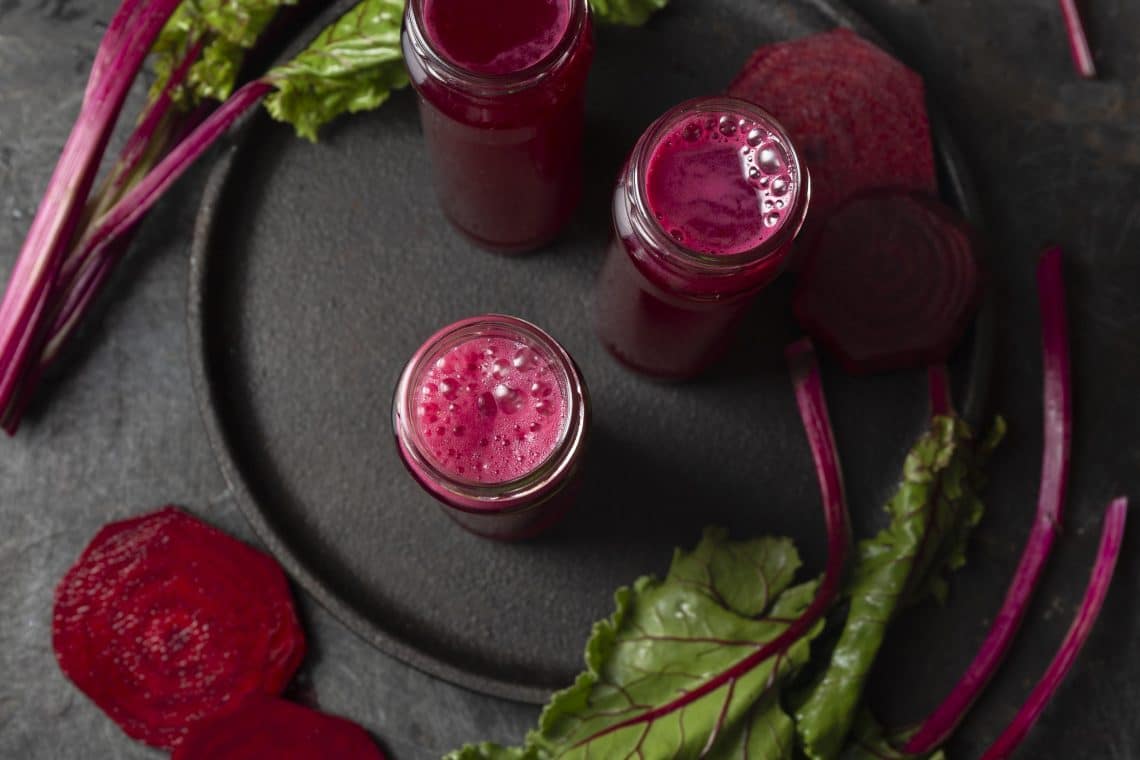

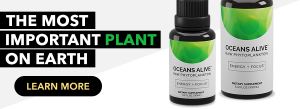
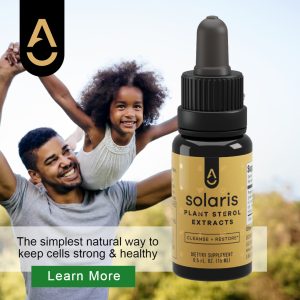
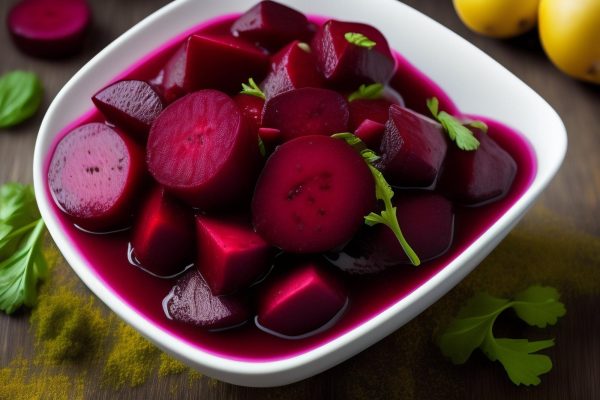
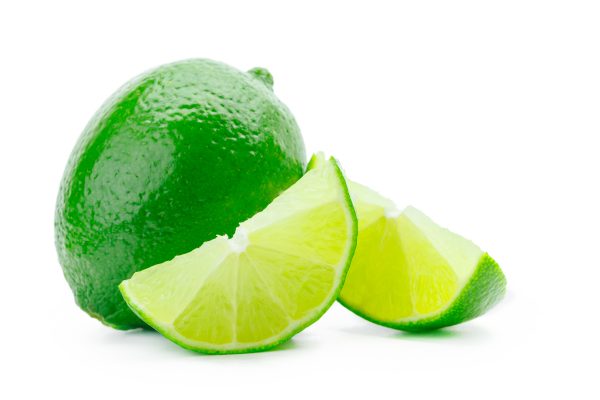
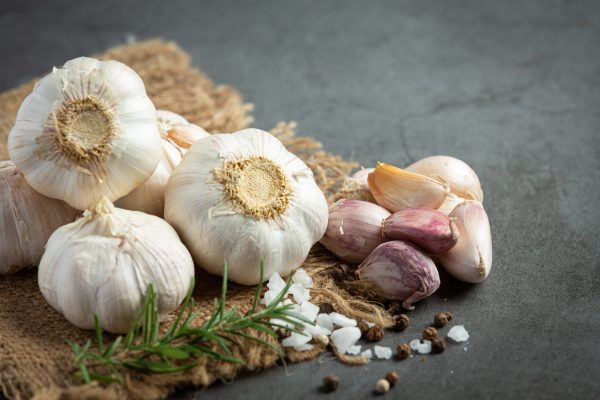
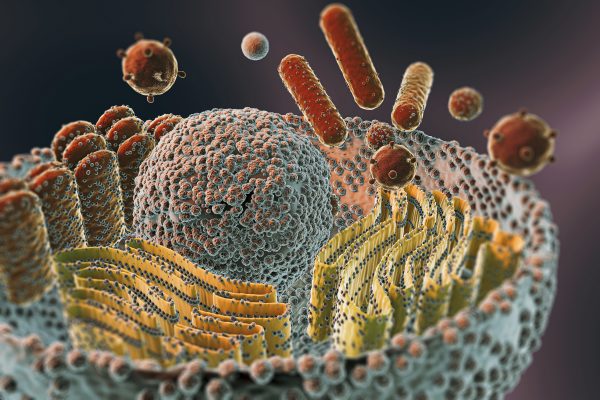
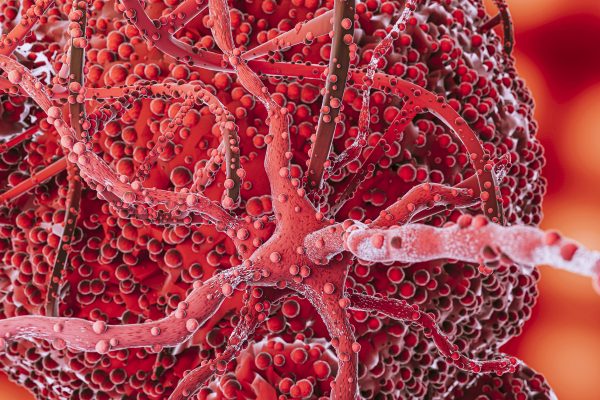

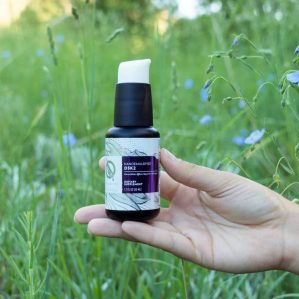















1 Comment
[…] any diet. From boosting athletic performance to promoting heart health, the advantages of consuming beets are broad and well-documented. This article aims to explore the top health benefits of beets and […]